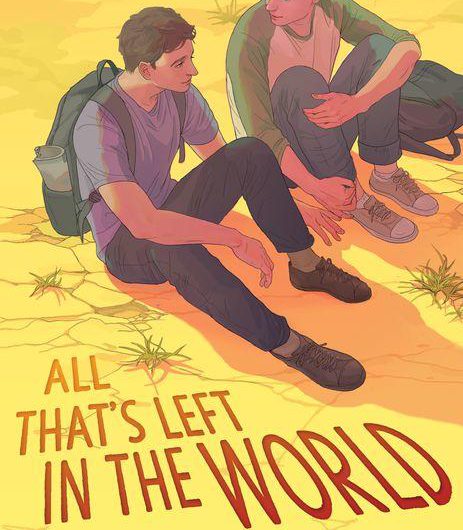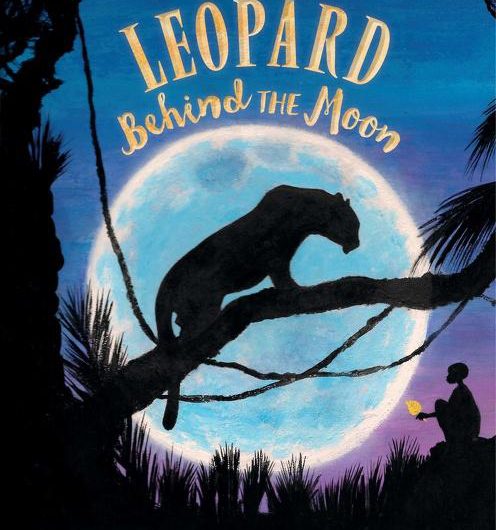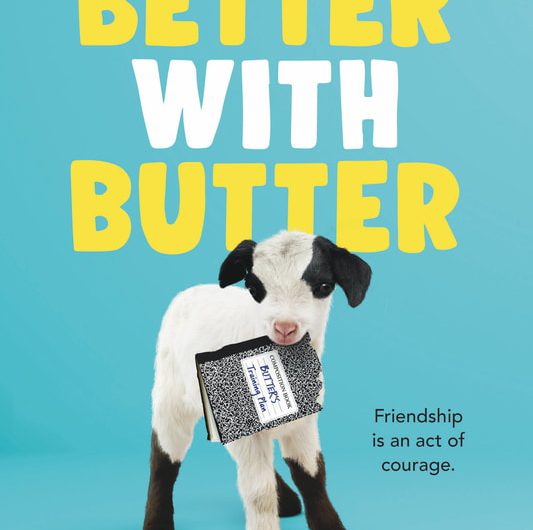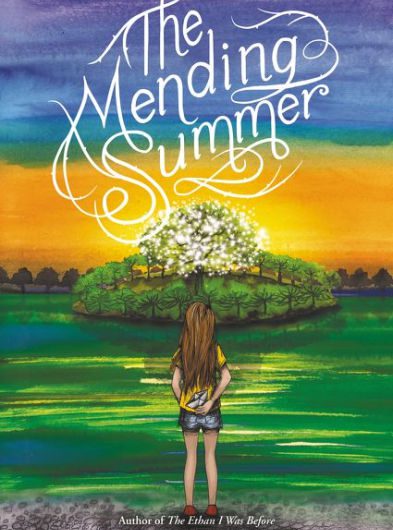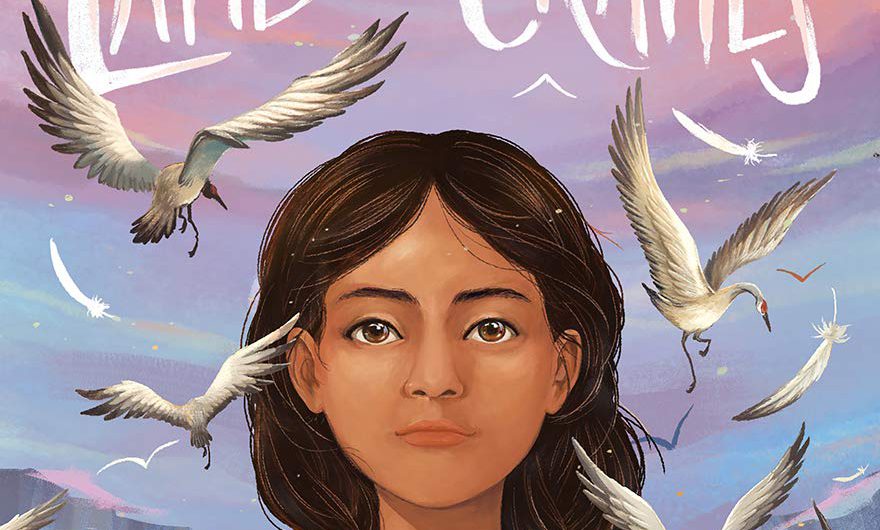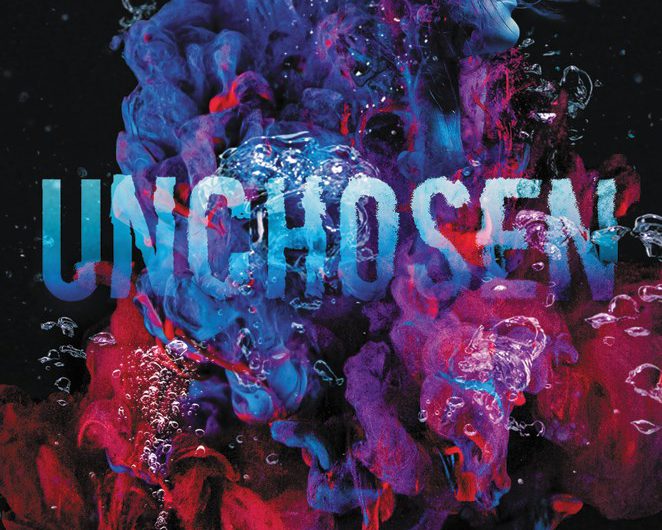Green Eyes and Ham by Mary Penney
With her novel Green Eyes and Ham, Mary Penney explores multiple topics relevant to middle grade readers. In her protagonist Abraham Hudson, readers will find a relatable character who confronts familiar conflicts. After all, the junior high years are fraught with challenges revolving around issues like first love, sexuality, friendship, and finding a sense of belonging where everything looks different, smells different, tastes different and where the language and customs are also unknowns. For twelve years, Ham has been homeschooled, but when his mother, who is a priest, experiences a cardiac event and needs to pare some of the stress from her life, Ham isRead More →


